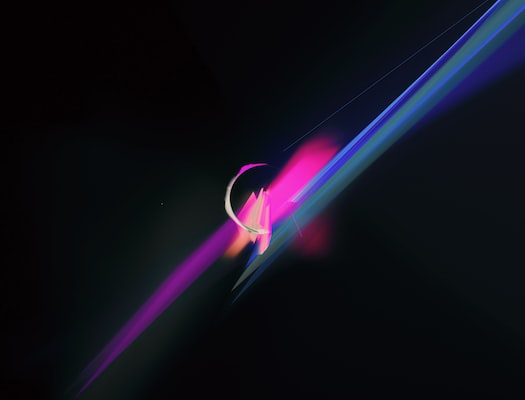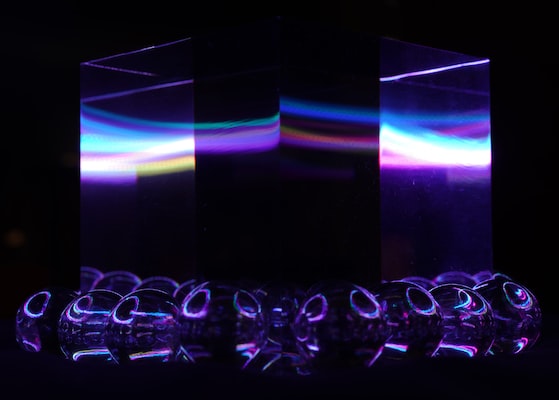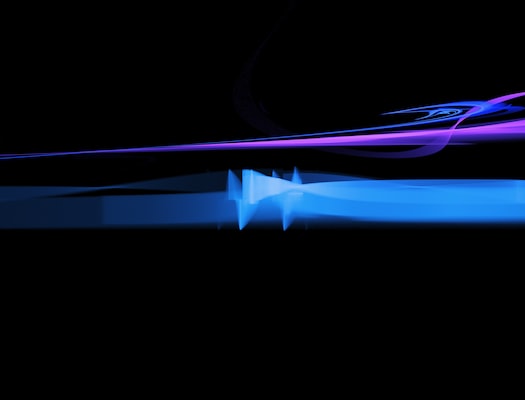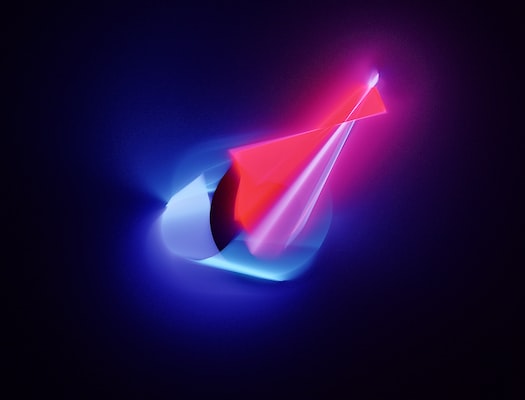When it comes to customizing a shop’s projects, vinyl cutting is an essential method for adding unique accents or designs. Laser cutting vinyl has become a popular method for cutting vinyl due to its accuracy and control in specific projects. In comparison to traditional vinyl cutting methods, laser cutting vinyl provides a more precise and detailed cut that can bring an added level of quality to a shop’s projects. This article will outline the differences between laser cutting vinyl and traditional vinyl cutting methods to provide a better understanding of the benefits and drawbacks of each.
Comparison of Laser Cutting Vinyl to Traditional Vinyl Cutting Methods
Advantages of Laser Cutting Vinyl
When it comes to cutting vinyl, laser cutters are increasingly becoming an attractive option due to their numerous advantages. Laser cutting vinyl is much more accurate and is capable of producing intricate designs much easier than with traditional vinyl cutting methods. The first advantage of using laser cutters is its precision.
Laser cutters can make incredibly intricate designs with much greater accuracy than traditional methods. This means that those who work with vinyl records and other vinyl products can easily create elaborate shapes and designs without losing the accuracy of the original shape.
Advantages of Traditional Vinyl Cutting Methods
When it comes to vinyl projects, there are two popular choices in terms of what method to use: traditional vinyl cutting and laser cutting vinyl. Each method has its own advantages and disadvantages, which is why it’s important to consider the pros and cons before committing to one method. When it comes to traditional vinyl cutting, there are some distinct advantages that make it a preferred choice for many vinyl enthusiasts.
The first and most obvious advantage of traditional vinyl cutting is the cost. Traditional vinyl cutting requires fewer materials than laser cutting, which makes it much more budget-friendly.
Disadvantages of Laser Cutting Vinyl
When discussing the comparison between laser cutting vinyl and traditional vinyl cutting methods, there are some disadvantages to consider when it comes to laser cutting vinyl. Laser cutters require a significant amount of start up costs due to the fact that they are very expensive and require special calibration to work properly. Additionally, laser cutters produce a significantly higher build up of heat when compared to traditional vinyl cutters, which may cause damage to a vinyl record.
Disadvantages of Traditional Vinyl Cutting Methods
When comparing traditional vinyl cutting methods to laser cutting vinyl, one of the major disadvantages of traditional vinyl cutting methods is that they are often less precise than laser cutters. This means that the quality of the cut may not be as precise and precise as desired, which can lead to imperfect shapes or small irregularities. Additionally, traditional vinyl cutters can be slower than laser cutters, since the blades used in traditional vinyl cutting methods take some time to cut through the material.

Applications of Laser Cutting Vinyl
Domestic Uses
When discussing the merits of laser cutting vinyl compared to traditional methods, it is important to consider what types of products are created with each type of technique. Domestic uses of laser cutting vinyl are widespread. This efficient manufacturing process offers great promise as a way to facilitate home and small business projects.
Vinyl records and other audio media require the precision and accuracy of laser cutters to create and reproduce recordings.
Commercial Uses
When it comes to vinyl cutting and engraving, commercial customers have only recently discovered the many advantages of laser cutting vinyl over traditional cutting methods. Laser cutters are, in a nutshell, a type of computer controlled machine that use a laser beam to cut and engrave different materials, including vinyl. Since laser cutters use computers to control the beam, they are able to create precise and intricate cuts, including curves and text, far more accurately than traditional vinyl cutters.
This increased level of accuracy is especially beneficial in industrial or commercial applications because it can drastically reduce production time and costs.
Advantages of Using Both Laser Cutting Vinyl and Traditional Vinyl Cutting Methods
Cost
When comparing the cost of laser cutting vinyl to traditional vinyl cutting methods, it’s important to consider both variables and the cost of machine maintenance. Traditional vinyl cutters cost anywhere between $50-$200 for a basic model and can easily top $3,000 for the most advanced models. Laser cutters, on the other hand, often retail for much higher prices, starting at around $2,000 for basic models and ranging up to $30,000 for the most advanced.
Efficiency
When it comes to the efficiency of vinyl cutting techniques, it is clear that laser cutting vinyl is vastly superior to traditional vinyl cutting methods. The process of laser cutting vinyl is much smoother, more accurate, and more efficient than traditional vinyl cutting methods. With traditional vinyl cutting methods such as hand cutting, the process can take a considerable amount of time.
Hand cutting also has more room for human error, as cuts may not be as accurate. Laser cutters can cut vinyl much more precisely and accurately, with less need for human intervention.
Quality
When it comes to producing quality results, there is no comparison between laser cutting vinyl and traditional methods. A laser cutter is a machine that uses precision and accuracy to melt, burn, or vaporize materials to make intricate shapes or patterns. Laser cutters are one of the most precise tools for cutting and crafting materials.
Vinyl records can be cut quickly and accurately with a laser cutter, without compromising the quality of the end product. The process of laser cutting also produces cleaner and sharper cuts, with smooth edges and minimal surface fraying.
Can a laser cutter be used to cut vinyl?
Yes, a laser cutter can be used to cut vinyl, but it can also be used for a variety of other purposes as well. Laser cutters are incredibly precise and can easily cut thin materials such as vinyl with perfect accuracy. However, depending on the complexity of the design, traditional vinyl cutting methods may be more suitable.
Traditional vinyl cutting methods use blades to move along the vinyl’s top layer and expose the lower layers of vinyl beneath it. This method is typically used for intricate designs that would otherwise be difficult or impossible to achieve using a laser cutter.

What happens if you laser cut vinyl?
When it comes to creating vinyl projects, laser cutting vinyl is becoming an increasingly popular method. With laser cutters, you can create intricate patterns and designs far more quickly and easily than with traditional vinyl cutting methods. So, what happens when you laser cut vinyl?
Essentially, the laser cutter uses beams of light to cut through the vinyl, creating precision cuts that are ideal for creating graphics, logos, and detailed designs. The laser cutter is also capable of engraving or etching the vinyl surface, allowing for a more personalized, detailed look. By programming the laser cutter, you can also create uniform images with multiple layers.
Which is better 3D printing or laser cutting?
When it comes to creating vinyl records, there is no doubt that laser cutting is a more modern and efficient way of creating records that are up to professional standards. The process of traditional vinyl cutting involves manually running a cutting tool along the vinyl artwork on a master turntable. On the other hand, a laser cutter for vinyl record-making uses lasers to cut instead of a manual cutting tool.

Conclusion
Summary of What Has Been Discussed
In this blog post, we have discussed the differences between laser cutting and traditional vinyl cutting methods. We’ve looked at the advantages and disadvantages of both; laser cutters can be used to create intricate and detailed shapes and designs, and require no physical contact with the vinyl record, resulting in better quality cuts. However, they can be expensive to operate, and require the use of a computer-controlled machine and the appropriate software.
On the other hand, traditional vinyl cutters require a manually-controlled device and do not require any software, but the results can be less precise.
What This Means Moving Forward
When it comes to comparing laser cutting vinyl to traditional vinyl cutting methods, the conclusion is clear – laser cutters have revolutionized the way vinyl records are produced. Laser cutters are more precise and faster than traditional vinyl cutters and have far more capabilities. Laser cutting machines can engrave intricate graphics, create precise cuts, and cut vinyl that would be impossible to cut manually with traditional vinyl cutters.

